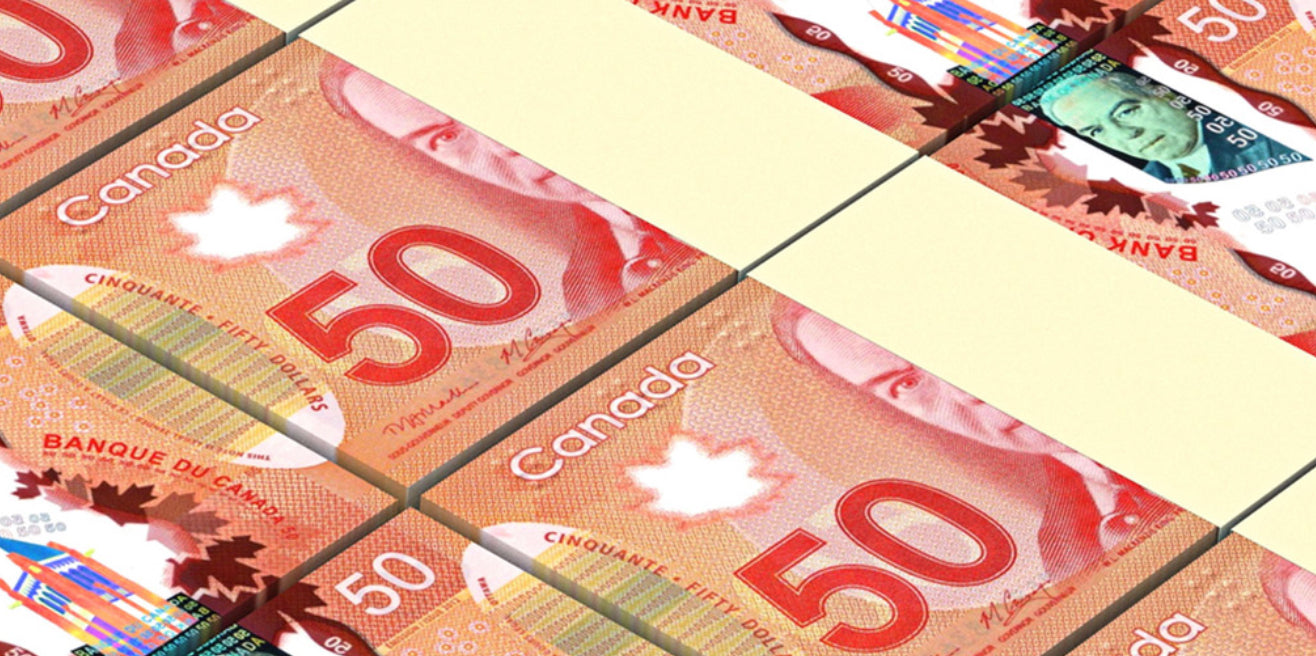
Late last year, the Bank of Canada released its latest ten dollar note, known as the vertical ten, which features a portrait of civil rights pioneer and businesswoman Viola Desmond. The note, which is symbolic of Canada’s road towards equality, was created following an open call for nominations and a public opinion survey.
However, the vertical layout of the new polymer note has caused issues with cash-handling machines from coast to coast. That’s because, as the Bank of Canada releases new notes, ATMs, vending machines and other cash-handling machines require a software upgrade to read them.
But it’s not just cash-handling machines that need to stay up to date as new notes roll out. Businesses also need to ensure their counterfeit technology is adequate as well.
So, how can you ensure you and your business are protected against counterfeit currency? Having the right technology is key. But understanding what’s available – and what’s best for you and your business – can be daunting.
Here are the 6 fundamental things to think about when looking to purchase anti-counterfeit tools.
- Look at Your Business and Assess Your Needs: Counterfeit detection products range vastly in complexity, capability, and ease of use. It’s important to examine your business to determine its needs and potential solutions. Ask yourself a few key questions: how much cash does your business handle? How much time are you able to invest in training your staff on counterfeit detection? This will help inform your decision on the right anti-counterfeit tools for your needs.
- Don’t Overlook the “Simple Risks”: Before you start digging into the tools you might need, it’s important to understand the types of currency in circulation so you can be vigilant. New synthetic polymer notes are much more complex than the traditional cotton fiber notes, which were discontinued in 2011. They feature substantially more anti-counterfeit security measures, including infrared mappings. This makes them substantially more challenging to forge than the old cotton fiber bills. But while the old notes have been discontinued, the Bank of Canada is slowly working to recollect them all, which means they are still considered legal tender. And, as long as they are accepted by banks and retailers, their easy-to-forge nature means counterfeiters will continue to print and use fakes. So, while they are easier to detect, they’re also more frequently faked, meaning businesses need to remain vigilant of them and not overlook the “simple” risks.
- Basic Tools and When to Use Them: Now that you’ve looked at your business and you understand the types of currency in circulation, it’s time to pick the right equipment for your needs. If your business handles a lower volume of cash, or if you’ve got minimal time and resources available to train staff on counterfeit currency and tools (for instance, if you’re in an industry with higher rates of turnover), then a simple counterfeit detector should suffice. Things like counterfeit detector pens are easy to use, providing a pass-or-fail result with a quick swipe. There are also handheld options and automatic counterfeit detection machines available to scan Canadian polymer bills and provide a pass/fail result. With automatic options, their firmware can be updated to ensure they can identify counterfeit properties of every new note that is released. This means staff don’t need to be trained on sophisticated anti-counterfeit machines, or how to see and feel the authenticity of a bill.
- Sophisticated Tools and When to Use Them: For businesses dealing in a higher volume of cash and who have the time and resources to provide staff with in-depth anti-counterfeit training, there are more sophisticated tools available for added protection. Tools like the Tower 5-Way Counterfeit Detector offer multiple counterfeit detection methods including infrared technology for Canadian polymer banknotes as well as ultraviolet, micro-magnifier, magnetic head and chemic pen technologies.
- Keep the Basics On-Hand: Regardless of the volume of cash handled by your business, it’s always wise to keep the basic tools – like a counterfeit detection pen – on hand in case you need them. Given how easy it can be to forge cotton fiber bills, the risk of receiving one is high. These simple tools make it quick and easy to identify fake bills and may save you money in the long run.
- Gain an Eye for Counterfeit Notes as a Failsafe: The right tools can make counterfeit detection easy. But it’s always valuable to have the failsafe of knowing what to look for in authentic bills – from raised ink to metallic portraits, small numbers, transparent and hidden text, and the maple leaf border. The Bank of Canada offers complimentary information for businesses looking to learn more.
As currency keeps evolving and new notes are released, it’s important to ensure that your anti-counterfeit safeguards do too. If you’re looking to acquire the right tools to protect yourself and your business from counterfeit currency, get in touch with us. We are happy to offer additional information and answer any questions you may have.

